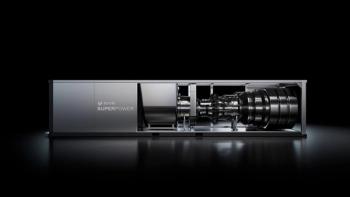
A change of plans for Europe's largest gas-fired power plant
Drax Power, a British power generation company, changed plans for its coal power plant in North Yorkshire, the Drax Power Station. It will still phase out coal, but instead of installing two gas turbines as it initially proposed, it will instead burn wood pellets for a bioenergy with carbon capture and storage system (BECCS). The plant, opened in 1974, has 2.6 GW capacity for biomass and 1.29 GW capacity for coal.
Last month, Drax announced the acquisition of Pinnacle Renewable Energy Inc, a Canadian wood pellet producer. The deal, which is subject to shareholder and other approvals, would double Drax’s own biomass production capacity, in line with its strategy to increase self-supply, reduce costs and create a long term future for biomass, paving the way for the deployment of BECCS.
Earlier this month, Drax sold its four gas power stations. Last week, the company announced in its 2020 financial results that it will not develop high efficiency gas power at the Drax site in North Yorkshire.
Last year, Drax announced plans to end its coal-fired electricity generation at Drax Power Station by March 2021 with intentions to focus on renewable generation from biomass and hydro. However, the company still plans to develop 1.2 GW of new gas peaker plants in the UK.
Bioenergy with Carbon Capture and Storage (BECCS) is a “negative emissions technology” the UK hopes to help achieve net zero carbon emissions by 2050. Work to build BECCS could be underway at Drax as soon as 2024.
By 2027 Drax’s first BECCS unit could be operational. It will be the UK’s largest carbon capture project. To deploy the technology, Drax must first secure a Development Consent Order (DCO) from the government, a process which takes around two years to complete and which will get underway in March.
Train transporting biomass wood pellets arriving at Drax Power Station.[/caption]
Newsletter
Power your knowledge with the latest in turbine technology, engineering advances, and energy solutions—subscribe to Turbomachinery International today.





